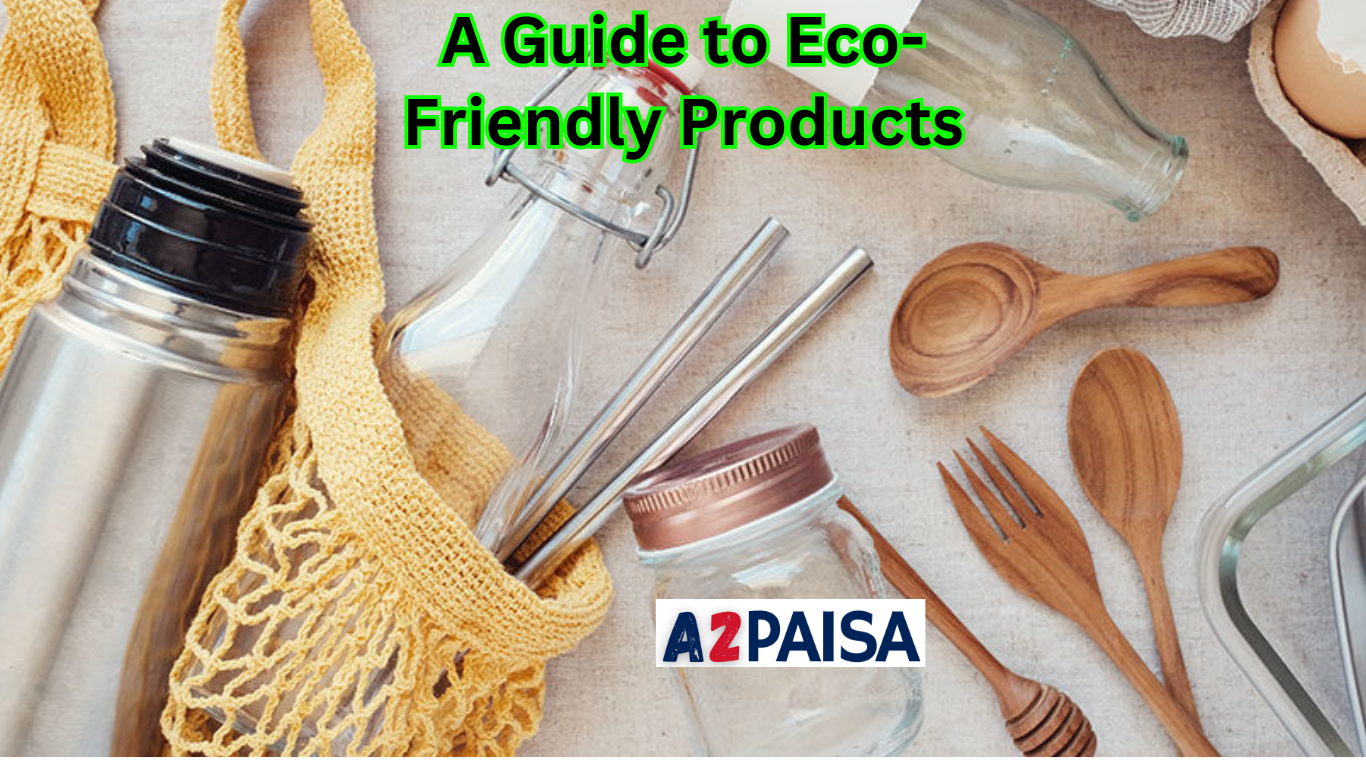Frequently Asked Questions (FAQs) about Eco-Friendly Products
In today’s environmentally conscious world, individuals are increasingly seeking eco-friendly alternatives to reduce their carbon footprint and promote sustainability. Let’s delve into some common questions surrounding eco-friendly products:
What Are Eco-Friendly Products?
Eco-friendly products are those designed with minimal environmental impact. They aim to mitigate harm to the planet by utilizing sustainable materials, reducing energy consumption, and minimizing waste production.
The Most Eco-Friendly Product
Determining the most eco-friendly product depends on various factors, including the product category and individual preferences. Generally, products that replace disposable items or are crafted from recycled materials tend to have a lower environmental impact.
An Example of an Eco Product
All examples listed above, such as refillable water bottles, reusable grocery bags, LED light bulbs, and energy-efficient appliances, qualify as eco-friendly products. These items contribute to sustainability by reducing waste and conserving resources.
Everyday Products Beneficial for the Environment
Numerous everyday products can be eco-friendly, including refillable water bottles, reusable grocery bags, LED light bulbs, and energy-efficient appliances. By incorporating these items into daily life, individuals can make a positive impact on the environment.
Longevity of Eco-Friendly Products
While eco-friendly products may not always last longer than their conventional counterparts, well-made reusable items often have a longer lifespan. Investing in durable eco-friendly products can lead to reduced waste and cost savings in the long run.
Health Benefits of Eco-Friendly Products
Many eco-friendly products prioritize health by avoiding harsh chemicals commonly found in conventional alternatives. Certifications like “non-toxic” or “plant-based” provide additional assurance of product safety for both individuals and the environment.
Achieving 100% Eco-Friendly Living
While achieving 100% eco-friendly living may be challenging, every small step towards sustainability makes a difference. Start by incorporating a few eco-friendly products into your routine, such as reusable water bottles or energy-efficient appliances, and gradually adopt more sustainable choices over time.
Can Plastic Be Eco-Friendly?
Some plastics can be considered eco-friendly if they are made from recycled materials or designed to be biodegradable. However, truly eco-friendly options often avoid plastic altogether, opting for sustainable materials like bamboo, glass, or metal.
Identifying Eco-Friendly Products
To identify eco-friendly products, look for certifications like Energy Star, Forest Stewardship Council (FSC) for recycled paper, or USDA Certified Biobased for plant-based products. Additionally, research the brand’s sustainability practices to make informed choices.





